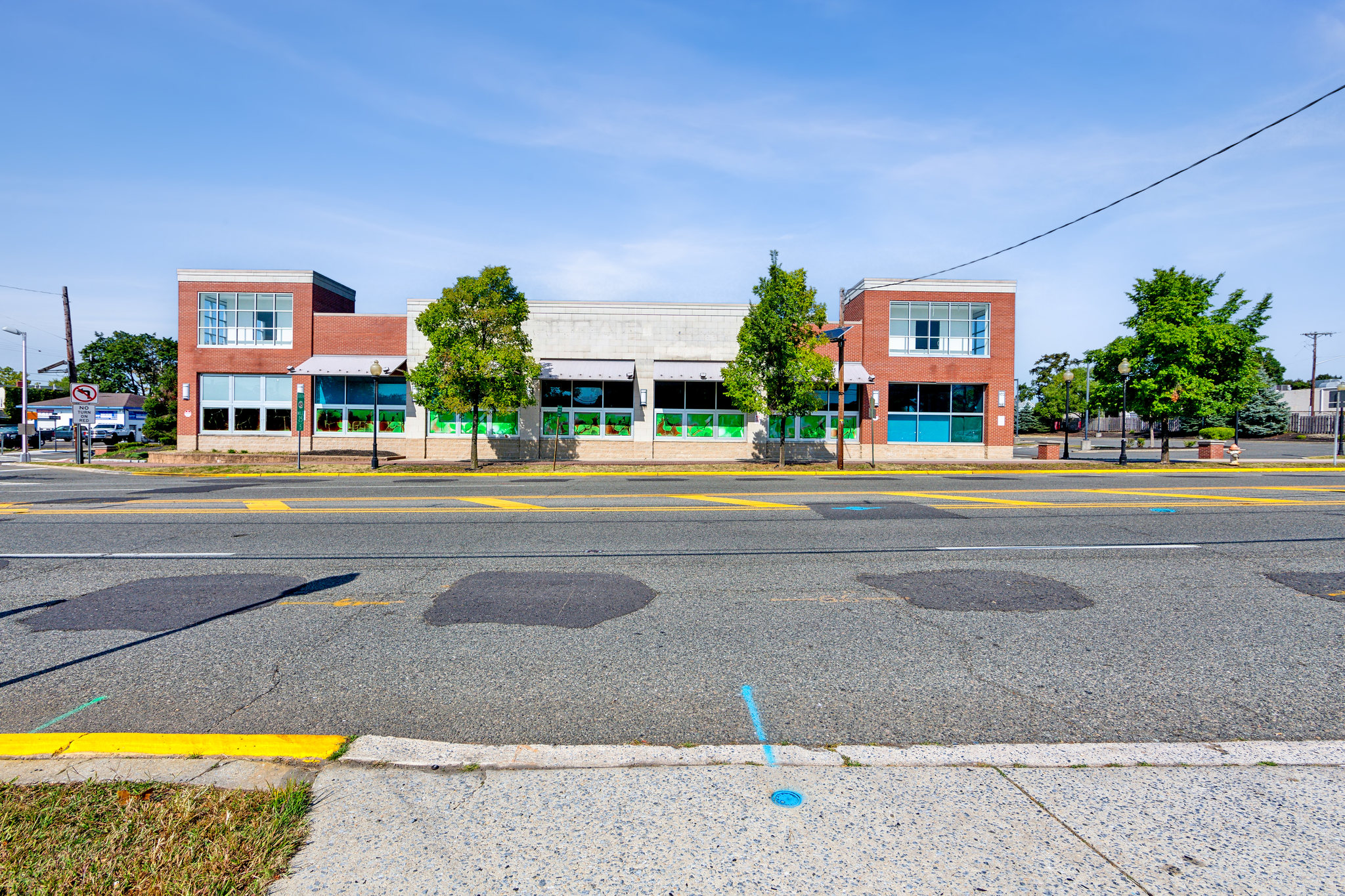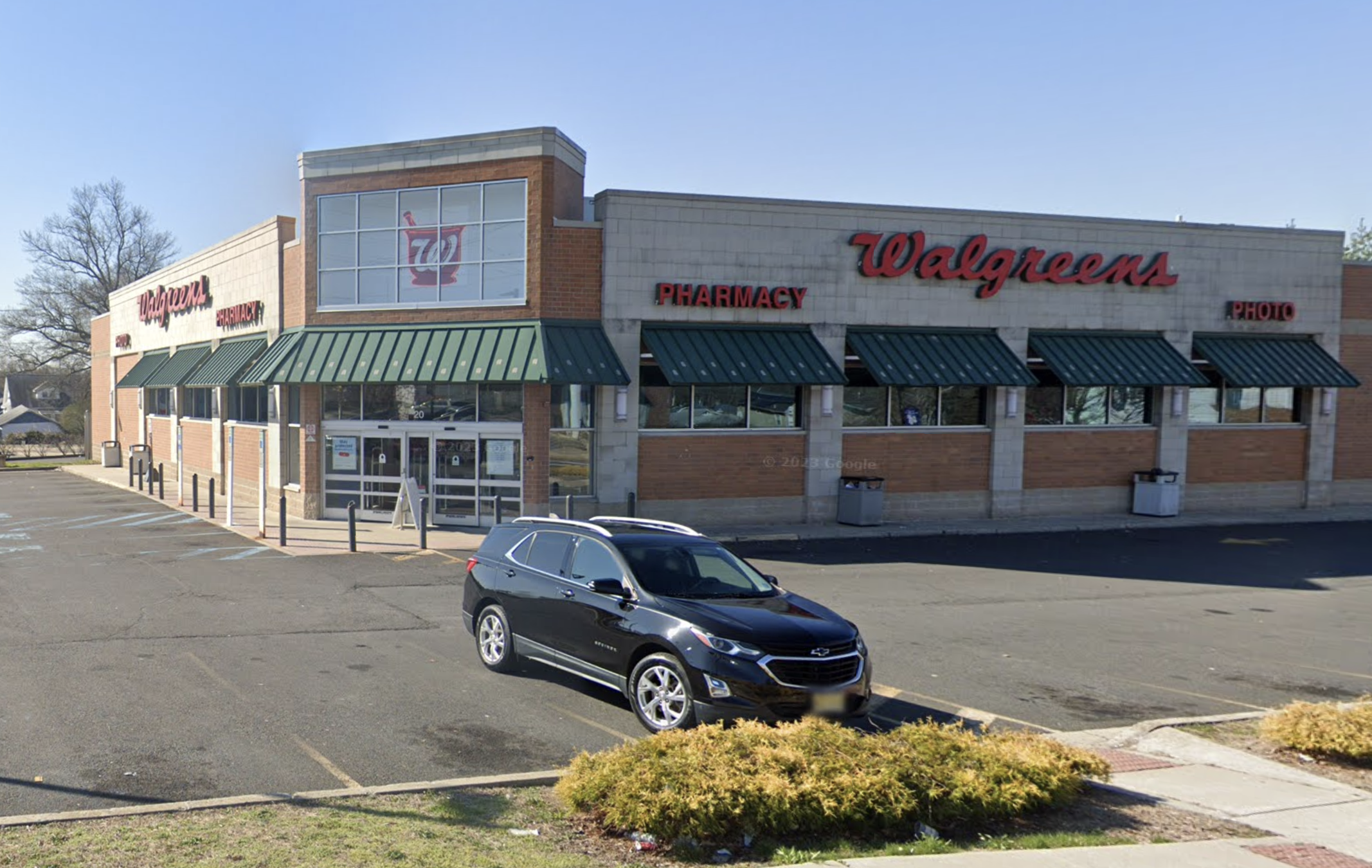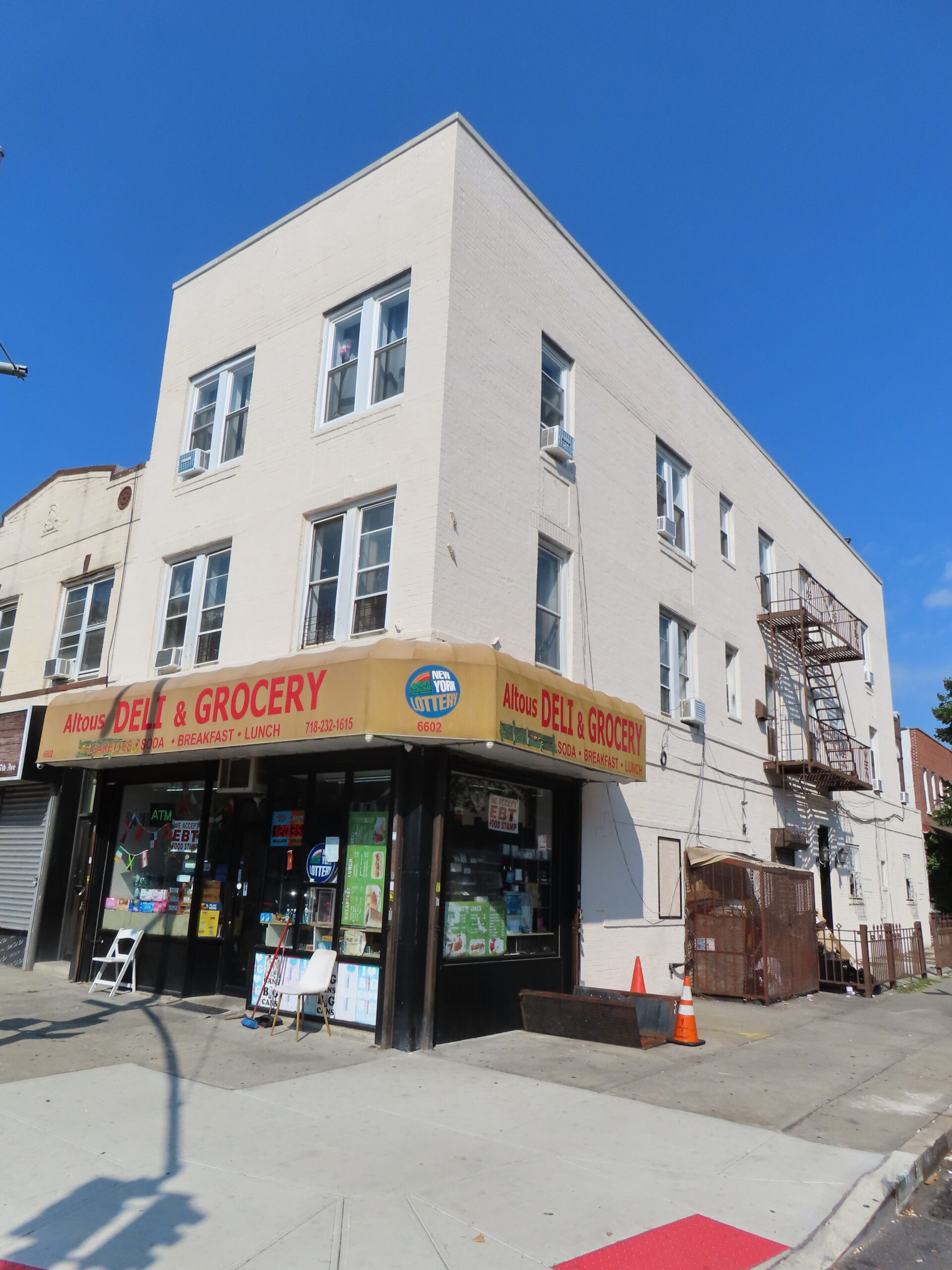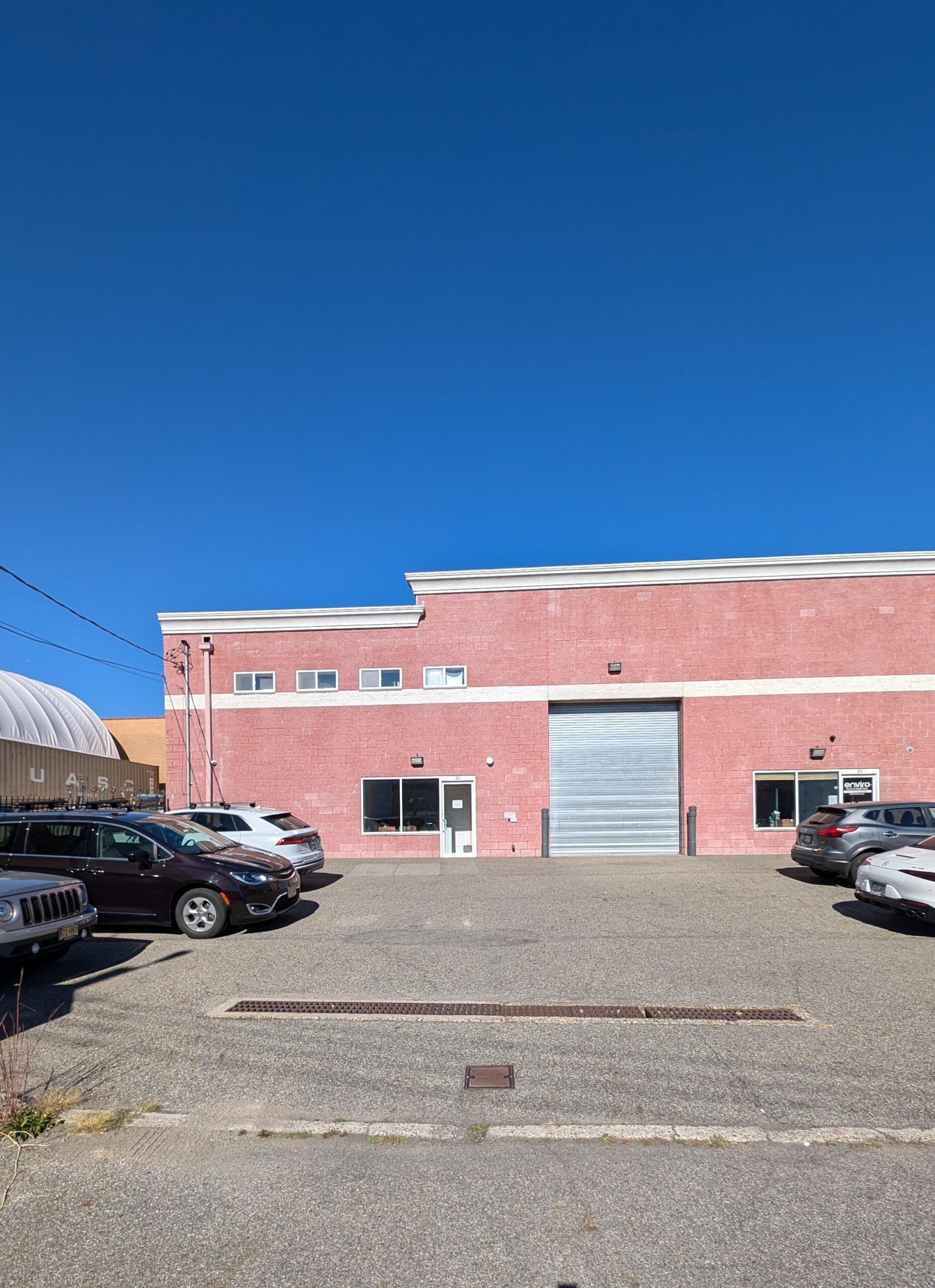1. Get Homeowners Insurance
As a new homeowner, it’s important to have homeowners insurance in place to protect your investment. Your policy will provide coverage for any damages to your home or personal belongings and liability protection in case someone is injured on your property.
When shopping for homeowners insurance, be sure to compare rates and policies from multiple providers to find the best coverage for your needs. Also, be sure to ask about any discounts you may qualify for, such as being a member of a certain homeowners association or installing a security system.
Getting homeowners insurance is an important step in protecting your new home, so be sure to get coverage as soon as possible after closing on your house.
2. Review Your Mortgage Documents
Mortgage documents are an important part of the home-buying process, and it’s important to review them carefully before closing on a house. The documents will outline the terms of your mortgage, including the interest rate, monthly payments, and loan length.
It’s important to review your mortgage documents thoroughly to ensure you understand all your loan terms. If you have any questions, be sure to ask your lender for clarification.
3. Understand Your Property Taxes
Property taxes are another important expense to consider when buying a home. The amount you’ll pay in property taxes will vary depending on your home’s location and your property’s assessed value.
Be sure to understand how much you’ll be expected to pay in property taxes and factor that into your budgeting plans. You may also want to contact your local tax assessor’s office to learn more about how property taxes are assessed in your area.
4. Calculate Utilities and Set Up Accounts
When moving into a new home, you’ll need to set up accounts for utilities such as water, electricity, and gas. The best way to do this is to call the utility companies ahead of time and ask for a list of required documents and account numbers.
You’ll also want to calculate how much each utility will cost you on average per month. This will help you plan your budget for moving into your new home.
5. Inspect and Make a Plan to Fix Any Damages
As soon as you move into your new home, it’s important to inspect it for any damages that may have been caused during the moving process. If you find any damages, make a plan to fix them as soon as possible.
Damages that aren’t fixed right away can lead to bigger problems down the road, so it’s important to take care of them as soon as possible after moving in. Be sure to keep track of any repairs or maintenance needed so you can refer back to it later.
6. Locate the Main Water Shutoff Valve
One of the first things you’ll want to do after moving into a new home is located the main water shutoff valve. This is the valve that controls water flow into your house, so if there’s ever a plumbing emergency, it’s important to know where it is.
Most valves are located near the water meter or in the basement near where the water line comes into the house. If you can’t find it, be sure to ask your landlord or home inspector for help.
7. Test All Appliances
It’s important to test all of your appliances before moving in, especially if they’re new.
Testing them early will help you catch any problems that may need to be fixed, and it will also give you a chance to get used to how they work. Plus, it’s always nice to have everything up and running when you first move into a new place.
Here are some tips for testing your appliances:
– Read the manuals: This may seem obvious, but reading the manuals for your new appliances is a good way to familiarize yourself with how they work. It’s also a good idea to keep the manuals in a safe place in case you need to reference them later.
– Check for damage: Inspect each appliance for any damage that may have occurred during shipping or moving. If you find any damage, be sure to contact the appliance store where you bought it for help.
– Plug it in and turn it on: Once you’ve checked for damage, the next step is to plug in each appliance and turn it on. This will help you make sure that everything is working properly.
– Try it out: Once everything is plugged in and turned on, it’s time to actually use each appliance. This will help you get a feel for how they work and whether or not you like them.
8. Change the Locks
For your safety and security, it’s a good idea to change the locks on your new home as soon as you move in. This is especially important if you’re moving into a home that’s been previously occupied, as you never know who may still have a key.
Changing the locks is a relatively easy and inexpensive process, so there’s no excuse not to do it. You can hire a professional locksmith to do it for you, or you can purchase a new lock and change it yourself.
9. Introduce Yourself to Neighbors
Introducing yourself to your neighbors is a good way to get to know them and make new friends. It can also help you feel more connected to your community and be better informed about what’s happening in your neighborhood.
There are several ways to go about introducing yourself to your neighbors. One of the easiest is to knock on their door and introduce yourself in person. You can also send a letter or email or post a note in the common area of your building or complex.
No matter how you choose to do it, there are a few things you should keep in mind when introducing yourself to your neighbors. First, be sure to introduce yourself by name and include any pertinent information, such as how long you’ve lived in the neighborhood or whether you have children.
Second, try not to come across as too pushy or aggressive. Remember that most people are busy and may not have time for a lengthy conversation right away. Finally, be patient and give them time to get to know you.
Introducing yourself to your neighbors can be a rewarding experience, so don’t hesitate to do it!
10. Start Planning Your Renovations!
Renovating your home can be a daunting task, but it’s also a very exciting one.
There are so many things to consider when planning a renovation project, from the budget to the timeline to the final design. But with careful planning and organization, you can make the process easier for yourself.
Here are some tips for starting your home renovation project:
1. Establish Your Goals: The first step in any renovation project is establishing your goals. What do you want to achieve by renovating your home? Are you looking to update the look of your home? Increase its functionality? Make it more energy-efficient. Once you know what you want, it will be much easier to establish a plan and budget for your renovation project.
2. Create a Timeline: Once you know what your goals are, create a timeline for achieving them. This will help keep you on track and ensure that everything is completed on time.
3. Set Your Budget: It’s important to set a realistic budget for your renovation project and stick to it. This will help avoid costly surprises down the road and keep your renovation project on track financially.
4. Choose Your Design Style: Next, choose the design style you want for your home. This will help guide the rest of your renovation project, from choosing materials to selecting furniture.
5. Hire a Contractor: Once you have all of the above-taken care of, it’s time to hire a contractor. Make sure to do your research and hire a reputable contractor who you feel comfortable working with. Renovating your home can be a great way to breathe new life into it and make it more comfortable and stylish. With careful planning, you can make the process much easier on yourself and end up with a beautiful home that you love.
Conclusion:
Closing on a new home is an exciting time, but it can also be overwhelming. There are so many things to do in such a short amount of time! That’s why we’ve put together this handy list of 10 things you must do after closing on your house. If you follow these tips, you’ll be well on your way to settling into your new home without any stress. And if you have any questions or need help getting started, don’t hesitate to contact us at PreReal today. We’re here to help make the process as smooth and easy for you as possible!







Leave a Comment